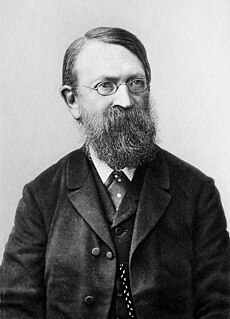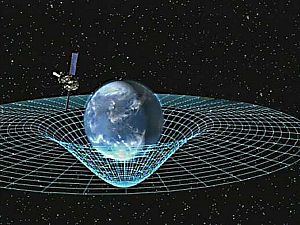A large part of human history has been steeped in blood, terror, suffering, and intimidation. Fear is a useful emotion when escaping wild animals or surviving wars, but negative emotions create walls and separation in a peaceful society. Thus some of our behavior can trigger the darkest emotions, aggravation and even hate in the people closest to us. Yet throughout history, people had no time, no knowledge and no opportunity to comprehend, let alone change what they felt. Because people adapt to the mental, emotional patterns of their predecessors, terror had a long shadow. Faulty emotional regulation wreaks havoc on psychological and physical health.
Negative emotions eat away our happiness and poison our relationship with people closest to us. They handicap and enslave the mind. This occurs because negative emotions correspond to chronic high brain frequencies, which produce an overwhelming information flow of distorted, fractured mental pictures; this, in turn, induces a perceived shortage of time (appropriately called
stress). Also, the self-centered, insecure view of negative emotions remains part of the mind for an extended amount of time. The resulting mental weakness, insecurity, and fear can either be a trigger for aggression or cause paralyzing anxiety. Research shows that negative emotions predispose lower social status and lead to a perceived difficulty of life, both of which handicaps professional and personal success. Over the long term, the insidious presence of negative emotions can give rise to mental problems and affect the hormonal system and immune function. Chronic inflammation has been associated with a host of health problems and even early death. Some of the diseases implicated are cancer, diabetes, Alzheimer disease, digestive, as well as skin problems, cardiovascular disease, bone loss, and others.
Yet, negative emotions are a natural part of life! They keep us safe by warning us of danger, conflict and help us manage hazardous circumstances. They also have immense the potential to push us toward success as no positive encouragement can! Many high achievers come from difficult situations or overcome serious handicaps. An adverse reaction to the negative experience is automatic and innate. When we are pushed, we push back, we inherently fight challenges, but when we are pushed hard when faced with overwhelming difficulties, we surrender. This is the reason, we get bogged down by small problems, but overwhelming challenges can propel us toward wisdom.
The power of acceptance transforms the energy of negative emotions, difficulties into inspiration, a force toward success! You can use prayer, mantra, exercise, memorization and even memorization of meaningful information. You have to go through a mental curve, which is confusing and chaotic, but if you are persistent, it will lead to liberation, the feeling of expansion, and joy.
(Negative emotions form
temporal or emotional gravity that inhibits, and slow progress.)
Our emotions determine our thoughts and behavior. Inversely, changing our actions gradually reprograms our emotional life as well. Genuine and systematic life changes can
rejuvenate our mental world. But even small positive steps can have a profound influence on how we feel. Work on improving your acceptance quotient by regular spiritual housecleaning. Physical activity, mindfulness-based therapy, and emotion-focused therapy have been shown to reduce symptoms of depression and anxiety. Exercise releases feel-good hormones, and improves
mental and physical performance, being the only proven fountain of youth to date. Having
meaningful goals reduces the importance of negative experiences. Historically some people considered geniuses today, often had to overcome difficult circumstances in their lives. For example, Schrodinger calculated the hard mathematics of Einstein's field equations when fighting in the front lines of the First World War. Beethoven went deaf. Mozart had money and health trouble while writing his most beautiful pieces of music and Einstein had marital problems while working on his theory. Their practice of art, music or science might have been an escape of peaceful oasis, where they felt happy and emotionally balanced. But the mental state of geniuses is not reserved for Einstein and Mozart. It only requires humble work, with full attention toward a big goal.
Picture credit: Anxiety by Maxwell GS















